GraphQL provides single query for queries and updates
Jargon buster at the bottom of post.
First came RPC to call a function across a network. But it was language specific and lacked standard facilities. So DCE was made to address common requirements, such as directory services, time, authentication and remote files. But it was not object oriented when Smalltalk, C++, Java et al arrived. So Microsoft devised DCOM to provide distributed services for Ms languages while others backed CORBA which provided cross platform and cross language services. Both required agreement for message formats ahead of time.
Enter Web Services, leveraging XML to serialise data, WSDL to describe services, UDDI to publish, find and bind to them, and SOAP to message remote objects. Great! We could now find, bind to and invoke services without prior design agreement. But, it was not very efficient and required a lot of plumbing on each end, and quite a bit of knowledge from developers.
So, Roy Fielding devised REST exploiting HTTP to provide a simple way of working with remote Resources. REST allows us to simply access remote servers and retrieve something GET, inform about something POST, store something PUT, update something PATCH or delete something DELETE. This is achieved by creating simple headers and a request line including the URL and parameters. Post also has a body.
REST is very light weight and does not need much infrastructure. Combining it with JSON made it very easy to use from within web pages and mobile applications and it quickly took off.
But there was a problem. Each REST request would get a specific thing from the server. If there is a rich database or knowledge graph on the server, we can create many REST APIs: At least one for each kind of domain object (e.g Customer, Product, Account, Invoice etc. ); Often more than one to cater for different application requirements (partial records, related records etc. ). Plus we will have different APIs to query, to store, to update etc. So, a server with a database managing a score of domain concepts could quickly require 100s of APIs. Ew, that’s a lot of development, testing, deployment, documentation, maintenance…
Facebook ran into this problem at scale. Their solution was a query language that would live in the server as a single entry point and receive a query request as a parameter. This is not dissimilar to the way a relational database receives dynamic SQL requests. Now the tailoring of a response can happen in the server (more efficient) and we have only one API endpoint to maintain. Voila. So that solved the problem for Facebook… Fortunately, they published it as GraphQL which allows writing query and update (mutate) statements and having these fulfilled by a suitable GraphQL processor / application / database on the server. Initially, these were discrete, but they are starting to be embedded in database systems, especially Graph Databases. One good example is DGraph.
Get started at: https://graphql.org/code/
More info at: https://graphql.org/learn/
JARGON BUSTER:
You can also find good explanations of most of these topics on Wikipedia
RPC - Remote Procedure Calls
DCE - Distributed Computing Environment
API - Application Programming Interface. A way of requesting a service or function contained in another piece of software. Most commonly used today to refer to a REST API
COM+ - Microsoft Component Object Model. An architecture that allowed sharing of objects between Microsoft languages.
DCOM - Microsoft distributed COM. Similar to COM+, but allowing objects to be remote
.Net - Microsoft Component model and framework that succeeded COM and DCOM
CORBA - Common Object Request Broker Architecture. An architecture for distributed object messaging across languages and technologies.
Web Services - A set of standards, leveraging XML, that allows requesting services across the Internet. Includes WSDL, UDDI, SOAP.
XML - eXtensible Markup Language. A standard for encoding data onto text with specific tagging of the meaning of the values.
WSDL - Web Services Description Language. An XML document describing a Web Service.
SOAP - Simple Object Access Protocol. A way to invoke a (remote) service in the Web Services approach. Effectively an XML message requesting a given service and expecting an XML response message.
UDDI - Universal Description Discovery and Integration. A protocol for publishing Web Service Descriptions and for finding these.
HTTP - Hypertext Transport Protocol. The protocol of the internet which allows hyper-linking.
REST - Resource State Transfer protocol. A protocol that leverages the HTTP intrinsic functions to support requesting services across the Internet with minimal other infrastructure.
JSON - Javascript Object Notation. A way of encoding JavaScript data structures on to text for transmission or sharing. Similar purpose to XML, but lighter weight.
GraphQL - A query language used on a client and interpreted in a server which allows easy retrieval of data using graph concepts (Nodes, properties and relationships).
RDF - Resource Description Framework. A standard for defining facts and knowledge using simple statements with a Subject, Predicate, Object format. Part of Semantic Web standards.
DGraph - a Property Graph database that supports graph schemas, RDF, JSON and GraphQL natively at web scale. Also does ACID transactions.
ACID - Atomic, Consistent, Isolated, Durable. Desirable attributes of transactions in a database.
#API #Services #REST #WebServices #SolutionArchitecture #Design #GraphQL


